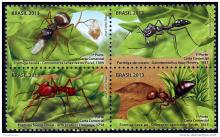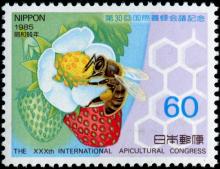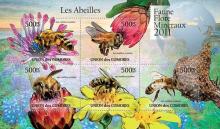A sublethal imidacloprid concentration alters foraging and competition behaviour of ants
Neonicotinoid pesticides, such as the widely used compound imidacloprid, are suspected to impair cognitive capacity, behaviour, and fitness of a number of non-target species. We tested whether sublethal imidacloprid concentrations alter the foraging and aggression behaviour of two European ant species. Even though the nestmate-recruitment of Lasius niger was not affected by pesticide exposure, these ants required more time to become active and the number of foraging workers was lower than in sub-colonies not exposed to imidacloprid.










